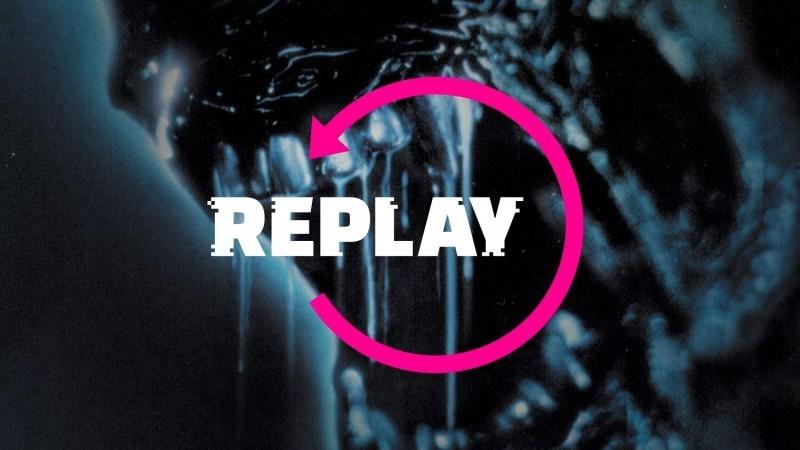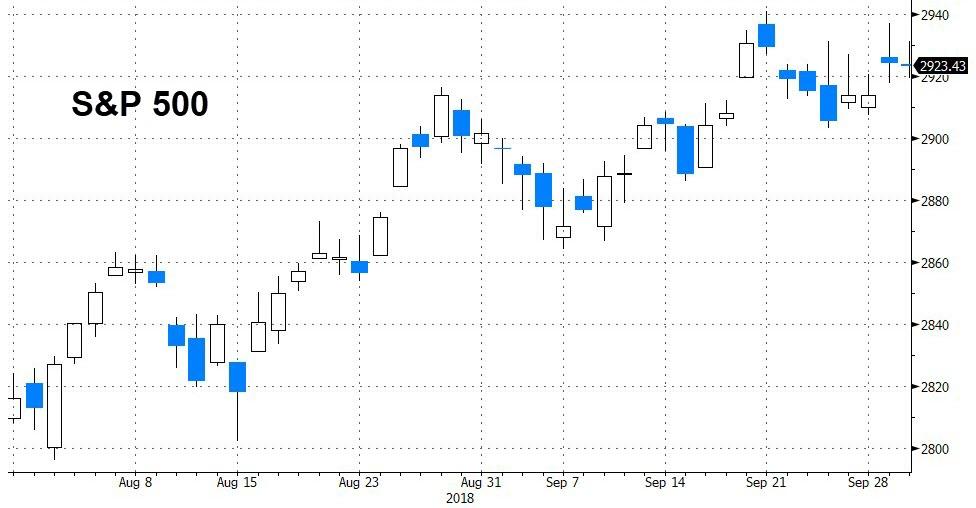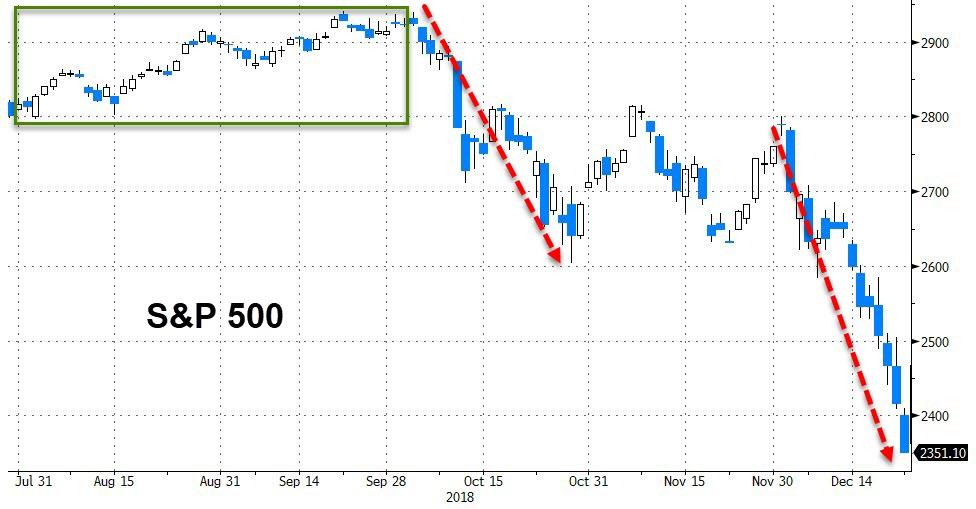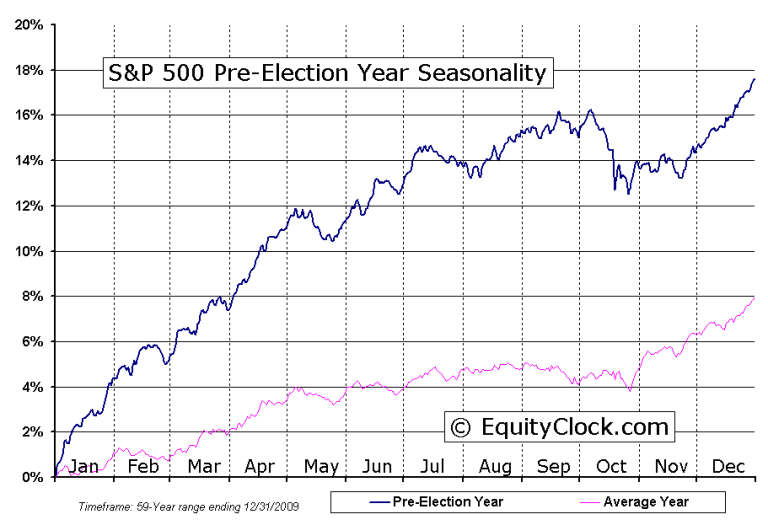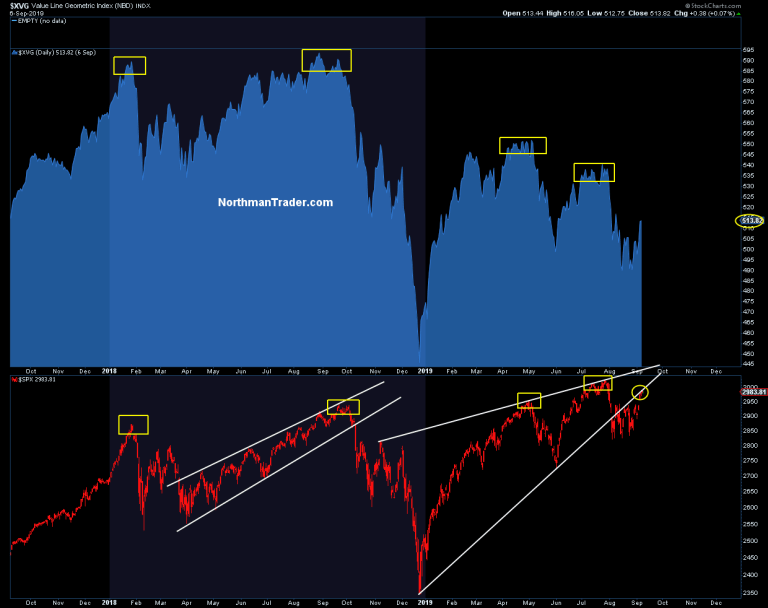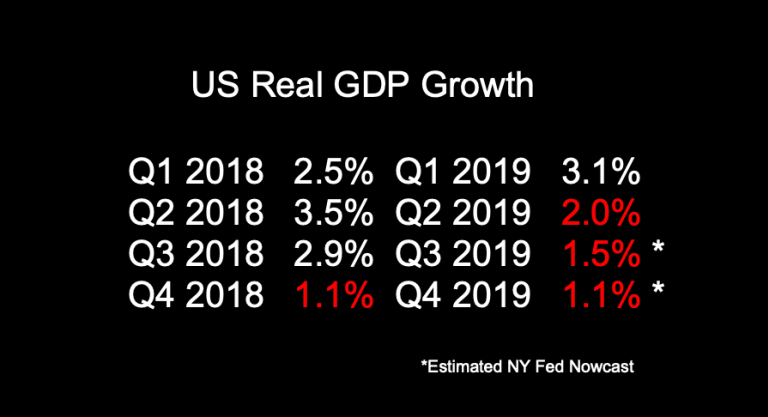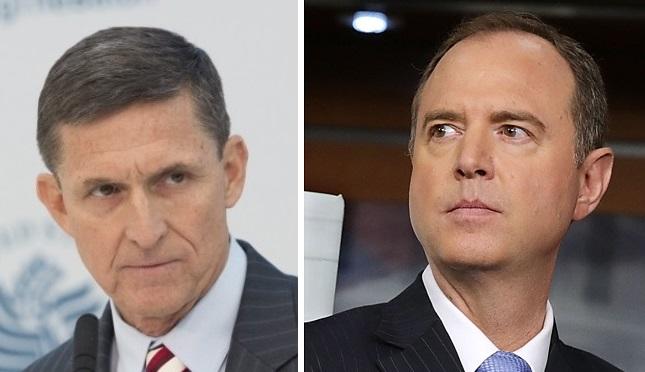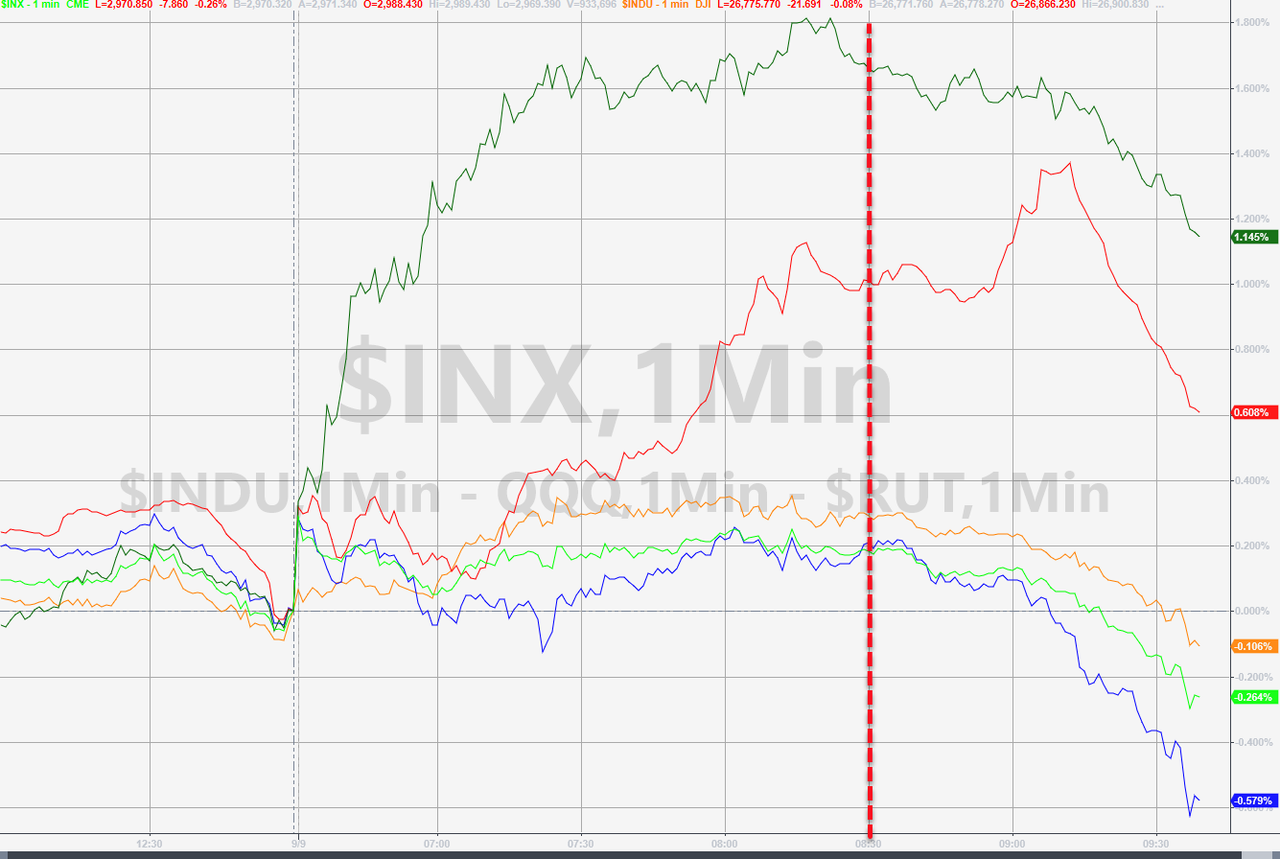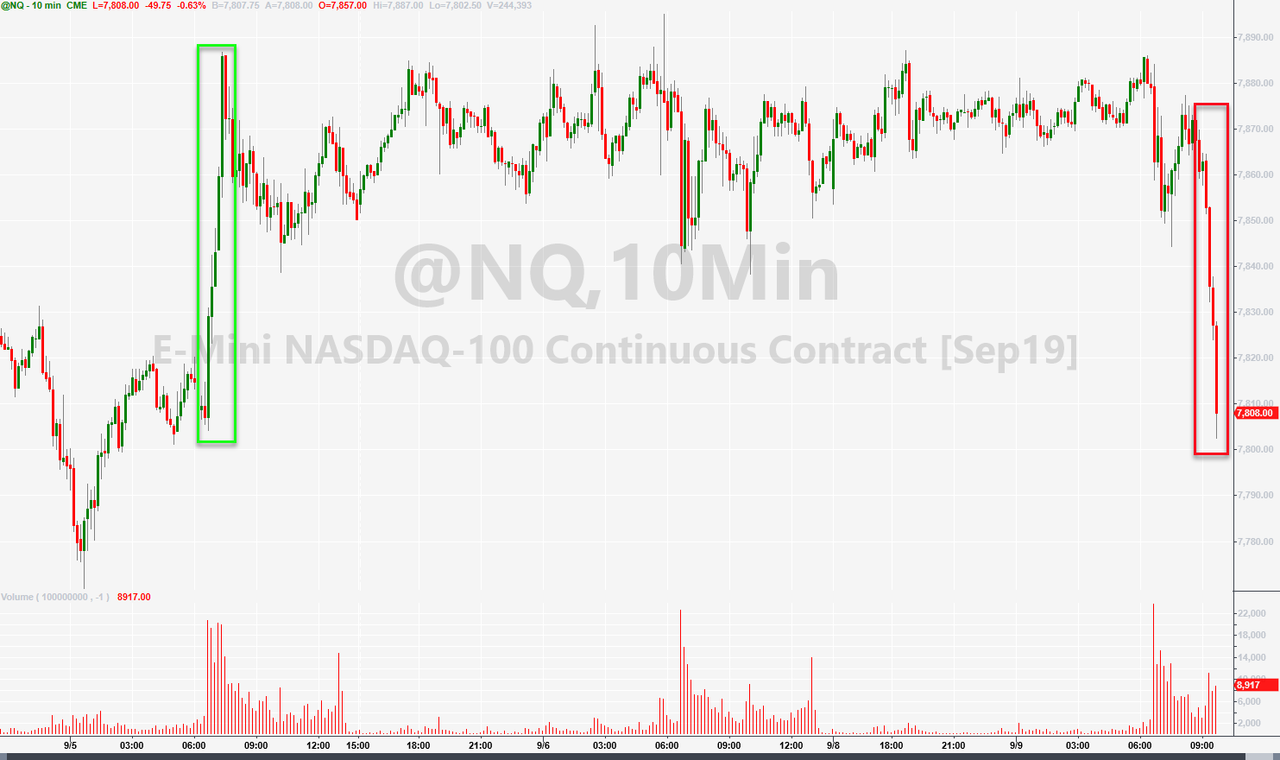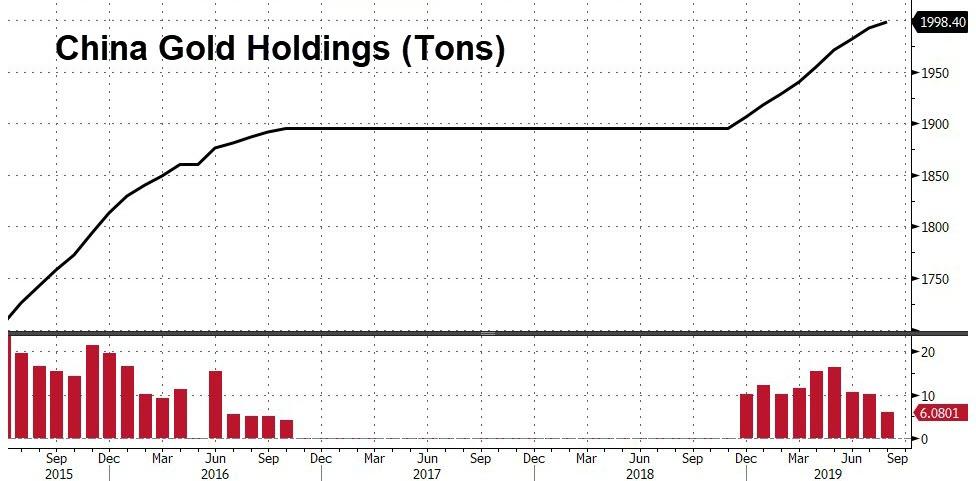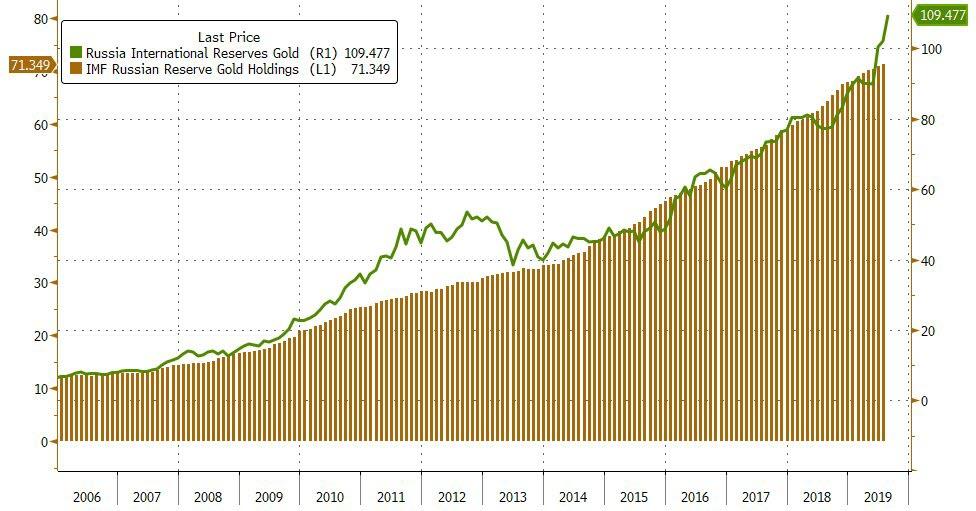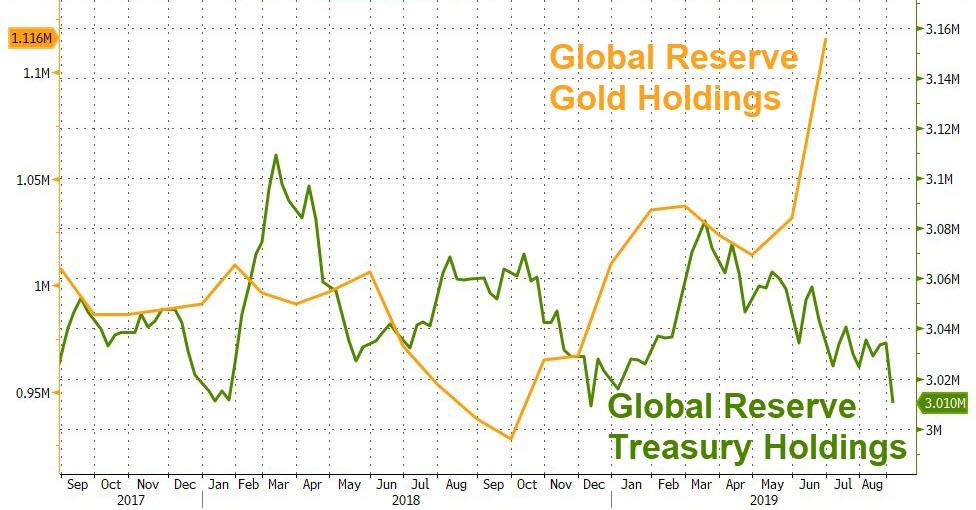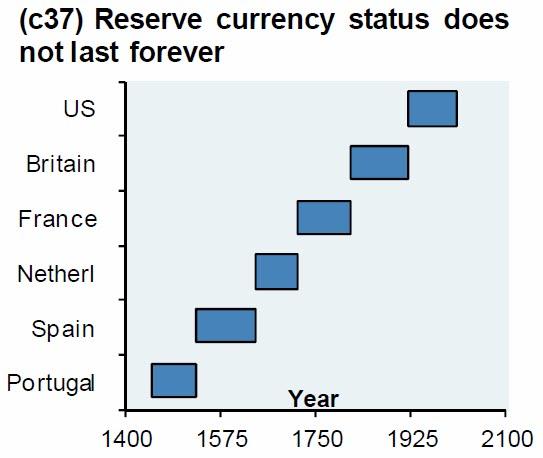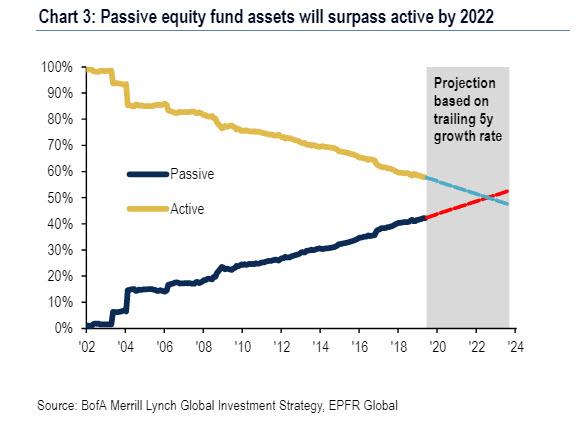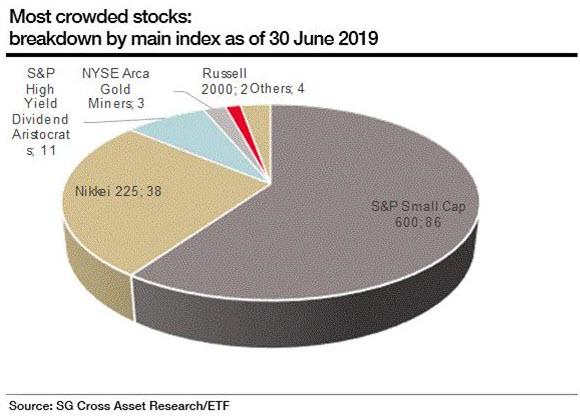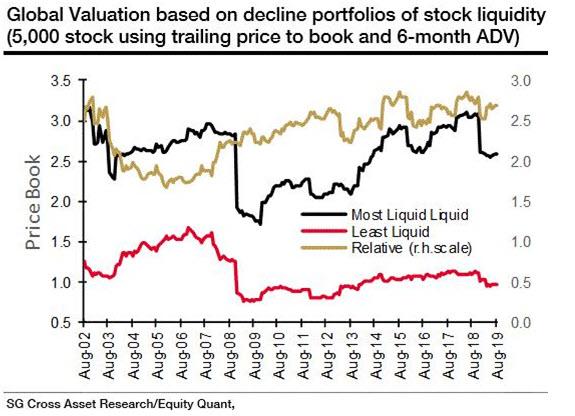Last week’s U.S. Joint Economic Committee report on “deaths of despair” shows that long-term trends in suicide and in deaths related to alcohol and illegal drugs cannot be fully explained by readily identified economic and social factors. It also shows that prohibition-based policies aimed at curtailing the harms caused by substance abuse may instead magnify those harms.
The report notes that by 1920, the year that National Alcohol Prohibition took effect, alcohol-related mortality “had fallen from its 1907 high of 15.1 deaths per 100,000 to just 1.1,” but “alcohol-related deaths actually rose through much of Prohibition.” In the 1930s and ’40s, “alcohol-related deaths were much further below their pre-1920 high than were suicide deaths, even though alcohol consumption had risen nearly back to its old high by the mid-1940s.”
The report notes that alcohol consumption continued to rise and “hit a new peak in 1980,” which it says “may account for much of the rise in alcohol-related deaths between the mid-1940s and the mid-1970s.” Yet the age-adjusted rate of alcohol-related deaths “actually peaked in 1974 at 10.2 per 100,000,” while alcohol consumption was still rising. Consumption “fell significantly after 1980,” and alcohol-related deaths continued falling through 2000.
Per capita alcohol consumption has increased since then, but it remains far below the 1980 peak. Meanwhile, according to the Joint Economic Committee report, the rate of alcohol-related deaths among middle-aged non-Hispanic whites rose to 24.3 per 100,000 in 2017, the highest level ever recorded.
The relationship between per capita alcohol consumption and alcohol-related deaths is clearly not straightforward or proportional. Drinking patterns also matter. Since 2000, the prevalence of “binge drinking”—defined (rather arbitrarily) as consuming five or more drinks on one “occasion” for men and four or more drinks for women— has risen by 0.72 percent a year, according to a 2018 meta-analysis of survey data. That is more than twice as big as the annual increase in total alcohol consumption. Furthermore, the increases “were large and positive for ages 50 to 64 and 65 and up, and smaller, negative, or nonsignificant [depending on the survey] for ages 18 to 29.”
Given the importance of drinking patterns, it is not surprising that alcohol-related deaths rose during Prohibition. By making commerce in alcoholic beverages illegal, Prohibition drove a shift from beer and wine toward distilled spirits, which are easier to smuggle and conceal because they pack more doses into the same volume. Prohibition also made alcoholic beverages more dangerous, since black-market booze could contain dangerous contaminants, such as the methanol that was added to industrial ethanol under a government edict aimed at discouraging diversion. And Prohibition replaced a culture of moderate drinking with an all-or-nothing ethos that encouraged rapid consumption on the sly.
The story of drug prohibition is similar. The Joint Economic Committee report notes that drug-related deaths were already falling by the early 1900s, before Congress banned nonmedical use of opiates and cocaine in 1914. But “drug-related deaths have been rising at an accelerating rate since the late 1950s,” notwithstanding the government’s increasingly expansive and aggressive efforts to suppress the illegal drug trade. “The increase has been especially sharp over the past 20 years,” the report notes. And while “the proliferation of opioid deaths was initially a result of oversupply and abuse of legal prescription narcotics,” the report says, “the crisis…shifted toward illegal drugs—first heroin and then more lethal synthetic opioids like fentanyl”—after “policy changes restricted the supply and form of prescribed opioids.”
The upward trend in opioid-related deaths not only continued but accelerated after the government succeeded in reducing opioid prescriptions, pushing nonmedical users toward black-market substitutes. It’s not hard to see why: Legally produced opioids come in uniform, predictable doses, while illegal opioids vary widely in potency, making fatal mistakes more likely. The emergence of fentanyl and its analogs as heroin boosters and replacements has only magnified that hazard. Based on mortality data published by the U.S. Centers for Disease Control and Prevention, combined with drug use estimates from the National Survey on Drug Use and Health and the RAND Corporation, heroin is roughly eight times as deadly as prescription opioids.
Just as prohibition made drinking more dangerous, it has made drug use more dangerous, both by favoring more-potent products and by creating a black market where consumers do not know what they are buying. After considering the broader puzzle posed by “deaths of despair,” the report concludes that “we clearly remain in the grip of a national opioid crisis that requires the attention of policymakers.” But depending on the form that attention takes, it can easily make matters worse rather than better.
from Latest – Reason.com https://ift.tt/2LDERtf
via IFTTT
